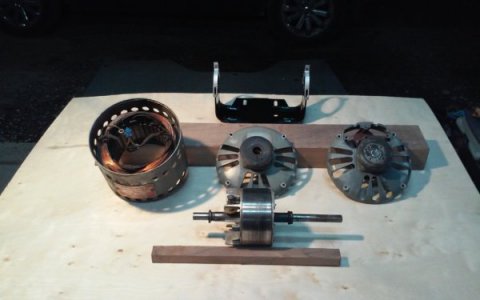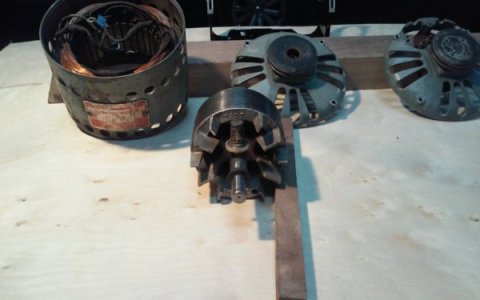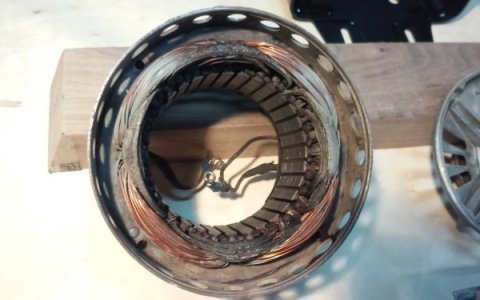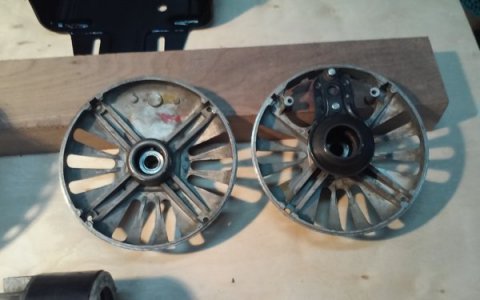- Joined
- Dec 25, 2011
- Messages
- 10,552
Yes, you very definitely do not want metal chips or dust getting into anything electrical. Either immediately or eventually, it will definitely let the magic smoke out.
A voltmeter is only useful for measuring or indicating the presence of voltage. The instrument used for measuring resistance and indicating continuity is called an ohmmeter. And an electrical instrument for measuring current is called an ammeter. And there are a bzillion types of each.
Whether or not less (resistance) is better or not "just depends". If you know, for example, that one of the run windings should have a resistance of 8 ohms, and you only measure 4, or measure essentially 0, that is very definitely NOT good. On the other hand, if you had say a 1/2 HP and a 1 HP motor and measured the DC resistance of one of the start windings in each, you would certainly expect to get a lower reading from the 1HP motor. But on the other hand, if you got a reading of 0 ohms in either motor, that is very definitely NOT good.
A voltmeter is only useful for measuring or indicating the presence of voltage. The instrument used for measuring resistance and indicating continuity is called an ohmmeter. And an electrical instrument for measuring current is called an ammeter. And there are a bzillion types of each.
Whether or not less (resistance) is better or not "just depends". If you know, for example, that one of the run windings should have a resistance of 8 ohms, and you only measure 4, or measure essentially 0, that is very definitely NOT good. On the other hand, if you had say a 1/2 HP and a 1 HP motor and measured the DC resistance of one of the start windings in each, you would certainly expect to get a lower reading from the 1HP motor. But on the other hand, if you got a reading of 0 ohms in either motor, that is very definitely NOT good.




